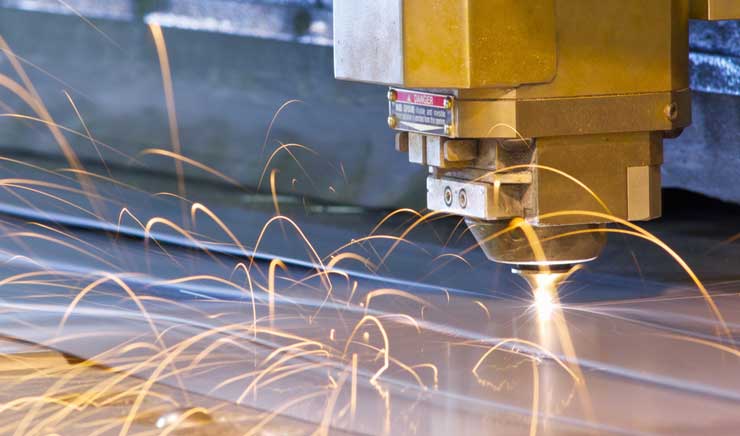A fiber laser cutting machine is an essential tool in modern manufacturing and fabrication industries due to its numerous advantages over traditional cutting methods. These machines utilize fiber lasers, which are solid-state lasers that generate a laser beam by amplifying light through special optical fibers. Here are several reasons why a fiber laser cutting machine is necessary in various industrial applications:
Precision and Accuracy
Fiber laser cutting machines offer exceptional precision and accuracy in cutting materials. The focused laser beam can achieve extremely fine details and intricate patterns, making it suitable for cutting complex shapes and small components. This precision is crucial in industries such as aerospace, electronics, and medical device manufacturing where tight tolerances are essential.
Speed and Efficiency
Fiber lasers are known for their high cutting speeds, making them highly efficient for mass production and large-scale manufacturing. The concentrated energy of the laser allows for rapid material removal, resulting in faster production cycles. This increased speed contributes to higher throughput and reduced lead times, enhancing overall operational efficiency.
Versatility of Materials
Fiber laser cutting machines can handle a wide range of materials with varying thicknesses. Common materials include metals such as steel, aluminum, brass, and copper. The versatility of fiber lasers makes them suitable for diverse industries, including automotive, construction, and sheet metal fabrication. Additionally, fiber lasers can cut reflective materials more effectively than CO2 lasers, expanding their application scope.
Minimal Material Waste:
The precise nature of fiber laser cutting minimizes material waste, as the focused beam can cut intricate patterns with minimal kerf width. This is particularly advantageous for expensive materials where minimizing waste is critical to cost-effectiveness. The ability to nest parts closely together further optimizes material usage, contributing to eco-friendly and sustainable manufacturing practices.
Reduced Operating Costs:
Fiber lasers are more energy-efficient than some alternative laser technologies, such as CO2 lasers. This results in lower operating costs over the long term. Additionally, the solid-state design of fiber lasers reduces maintenance requirements, leading to decreased downtime and overall cost savings.
Automation Integration
Fiber laser cutting machines can be easily integrated into automated manufacturing processes. This integration enhances overall productivity by reducing the need for manual intervention and streamlining workflows. Automated loading and unloading systems, as well as CNC controls, further contribute to the seamless operation of these machines.
Improved Beam Quality
Fiber lasers produce a high-quality laser beam characterized by a small spot size and excellent beam quality. This contributes to cleaner cuts, smoother edges, and reduced post-processing requirements. The improved beam quality also enhances the machine’s ability to cut reflective materials, expanding its application range.
Space Efficiency:
Fiber laser cutting machines are generally more compact than their CO2 counterparts. This space efficiency is crucial for manufacturers with limited floor space. The smaller footprint makes it easier to integrate these machines into existing production setups or smaller workshops.
In conclusion, a fiber laser cutting machine is necessary in modern manufacturing environments due to its superior precision, speed, versatility, and efficiency. As industries continue to demand higher quality and faster production, fiber laser technology plays a vital role in meeting these requirements and ensuring competitiveness in the global market.



